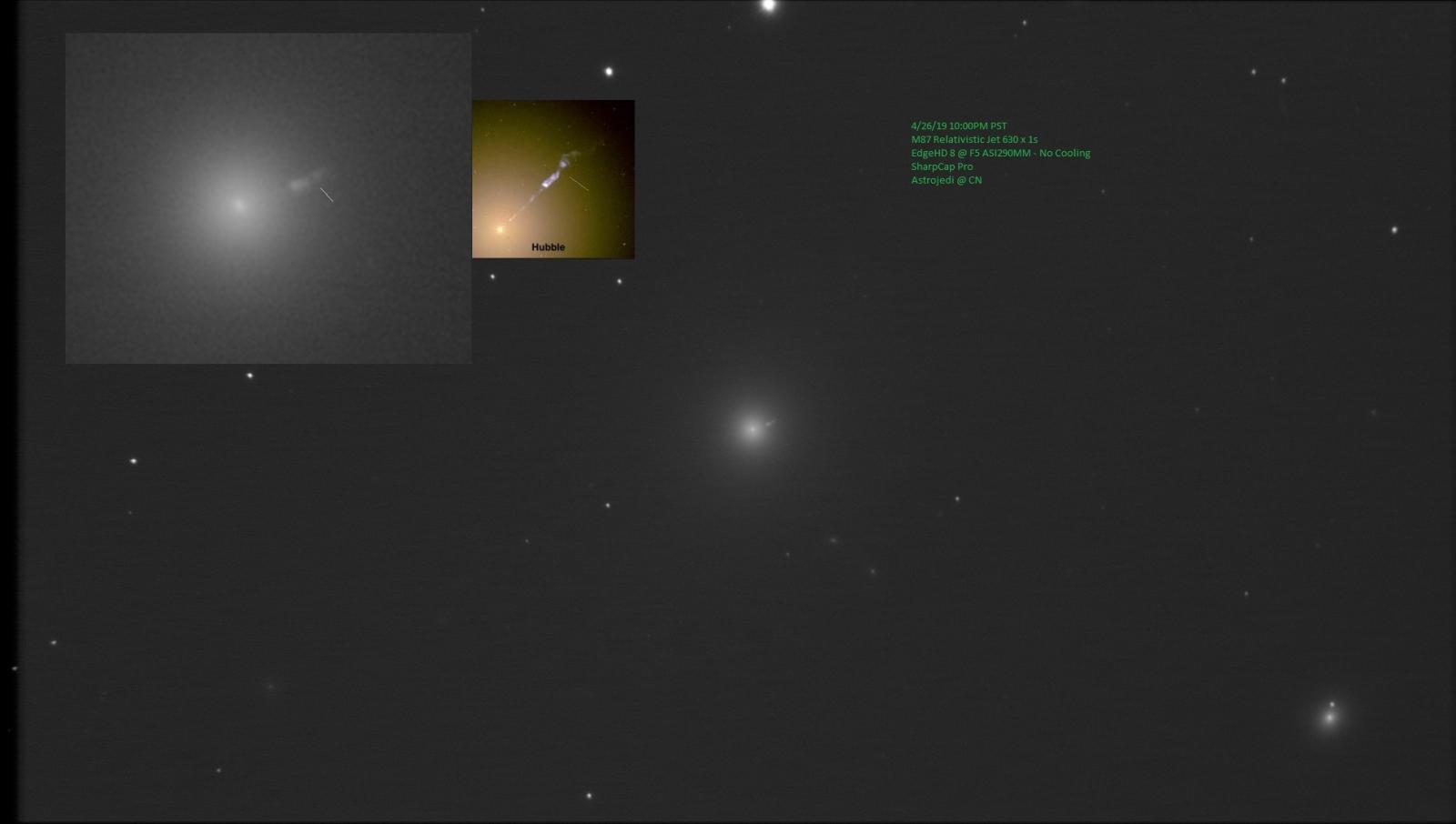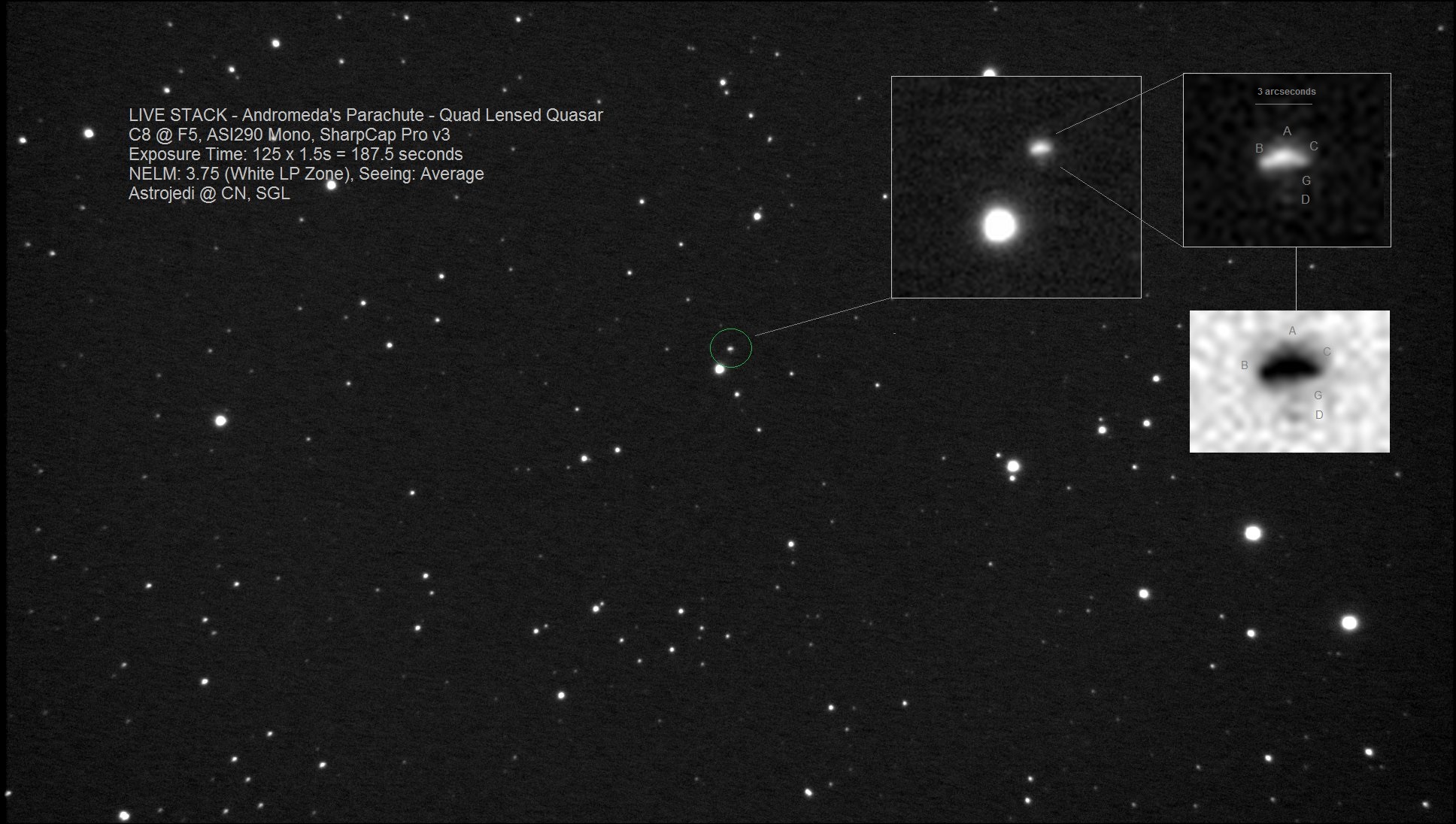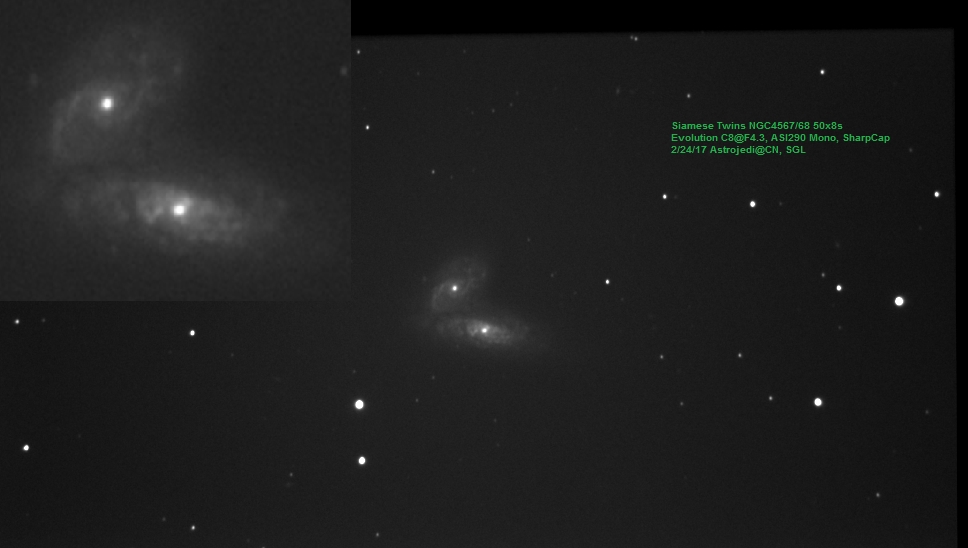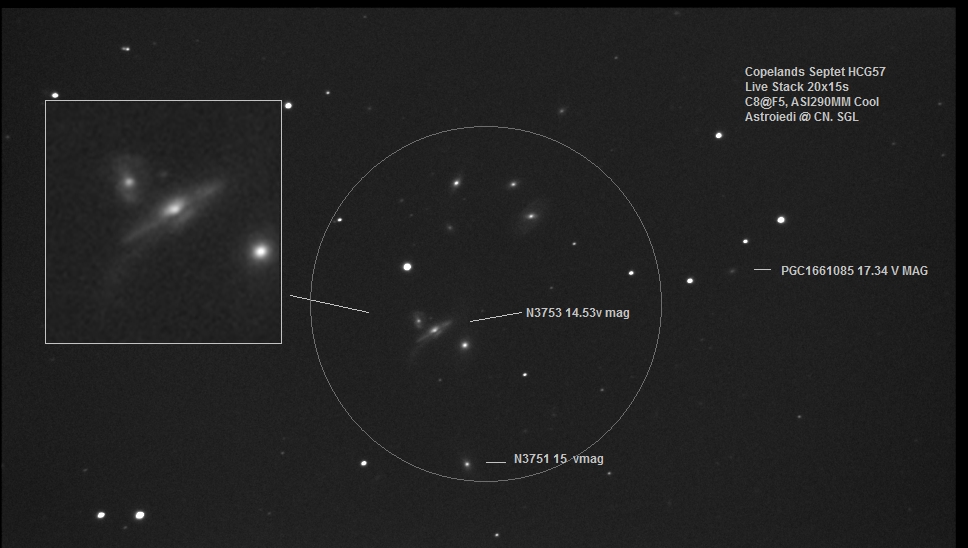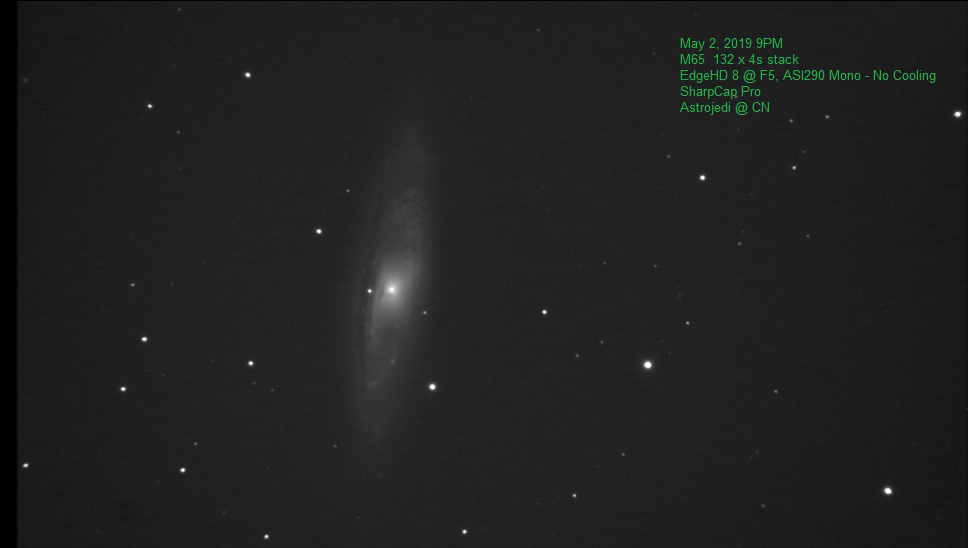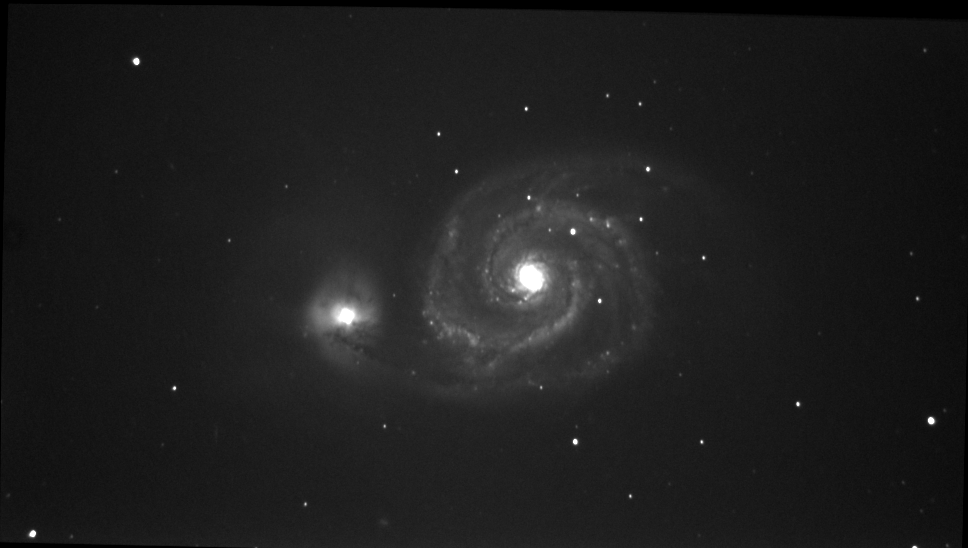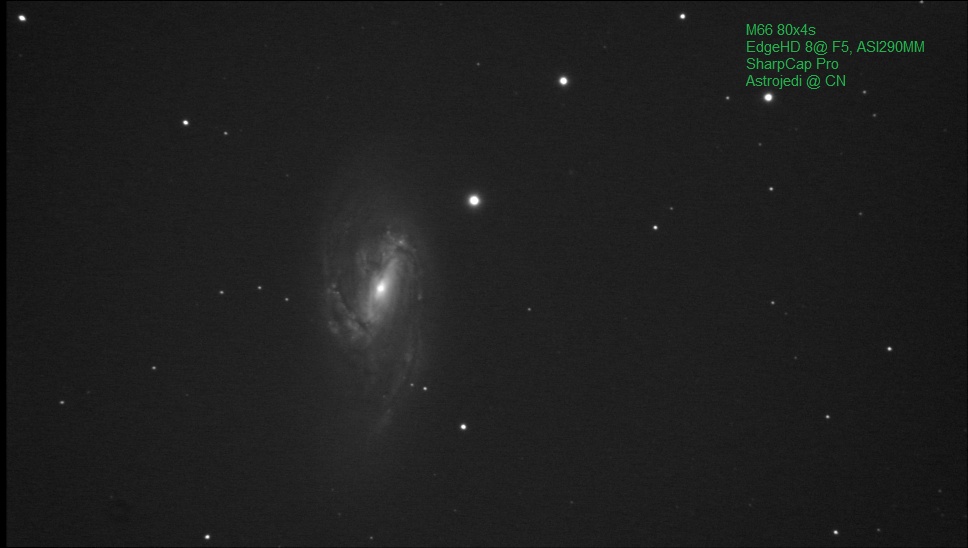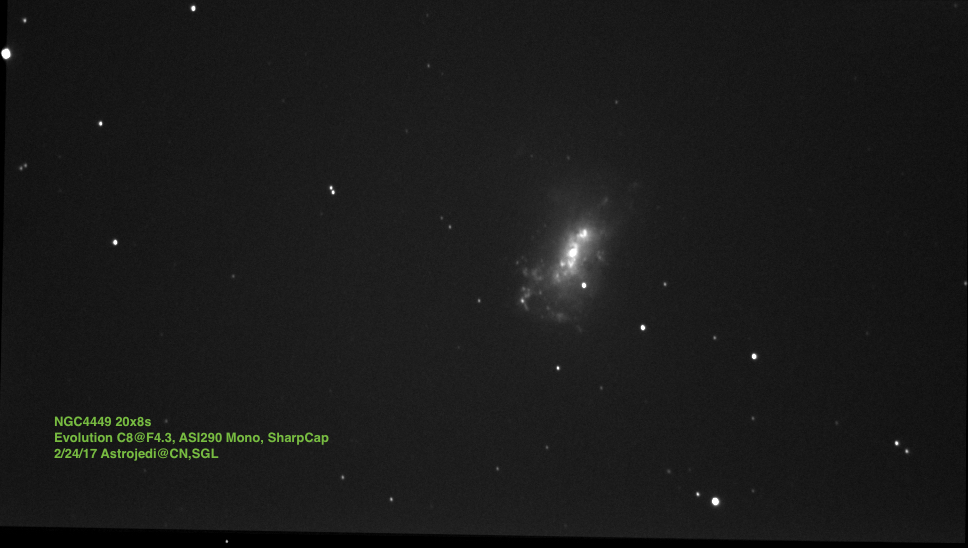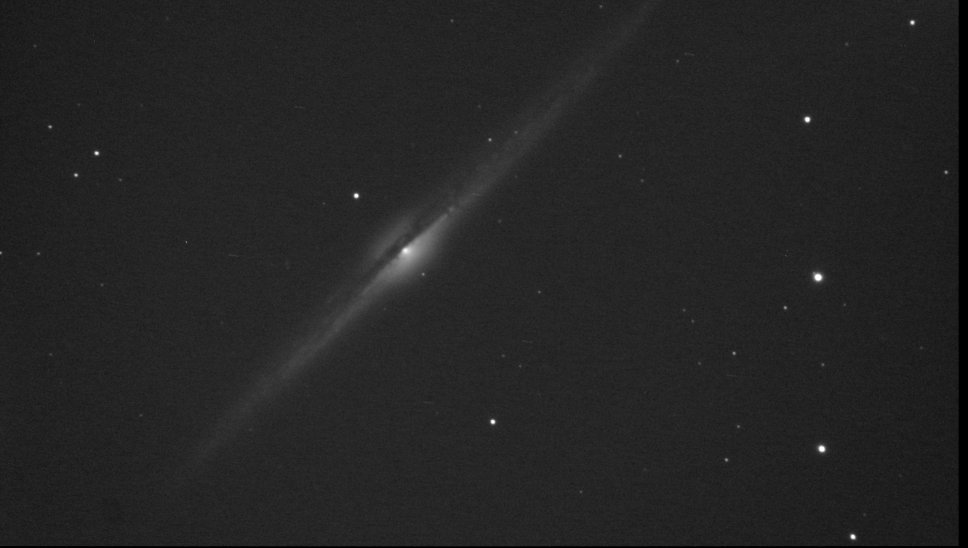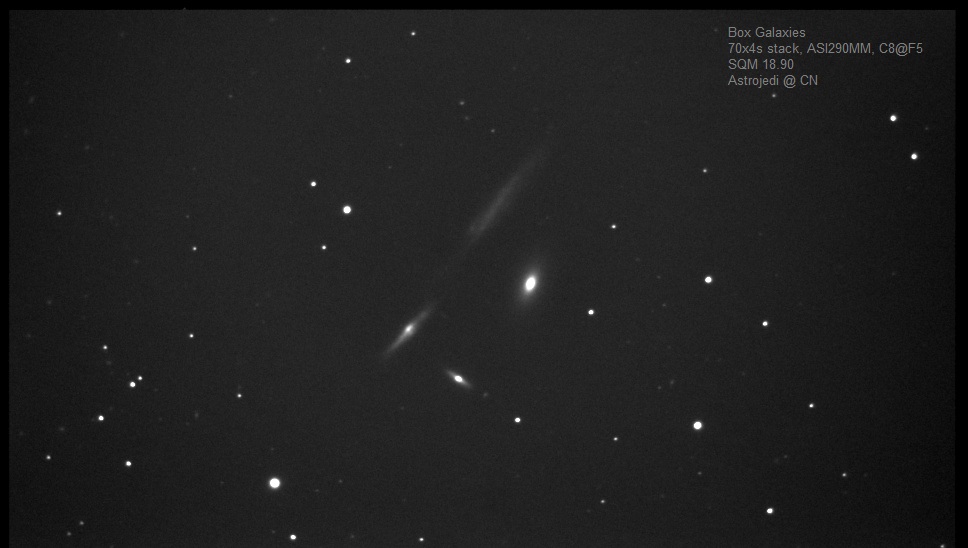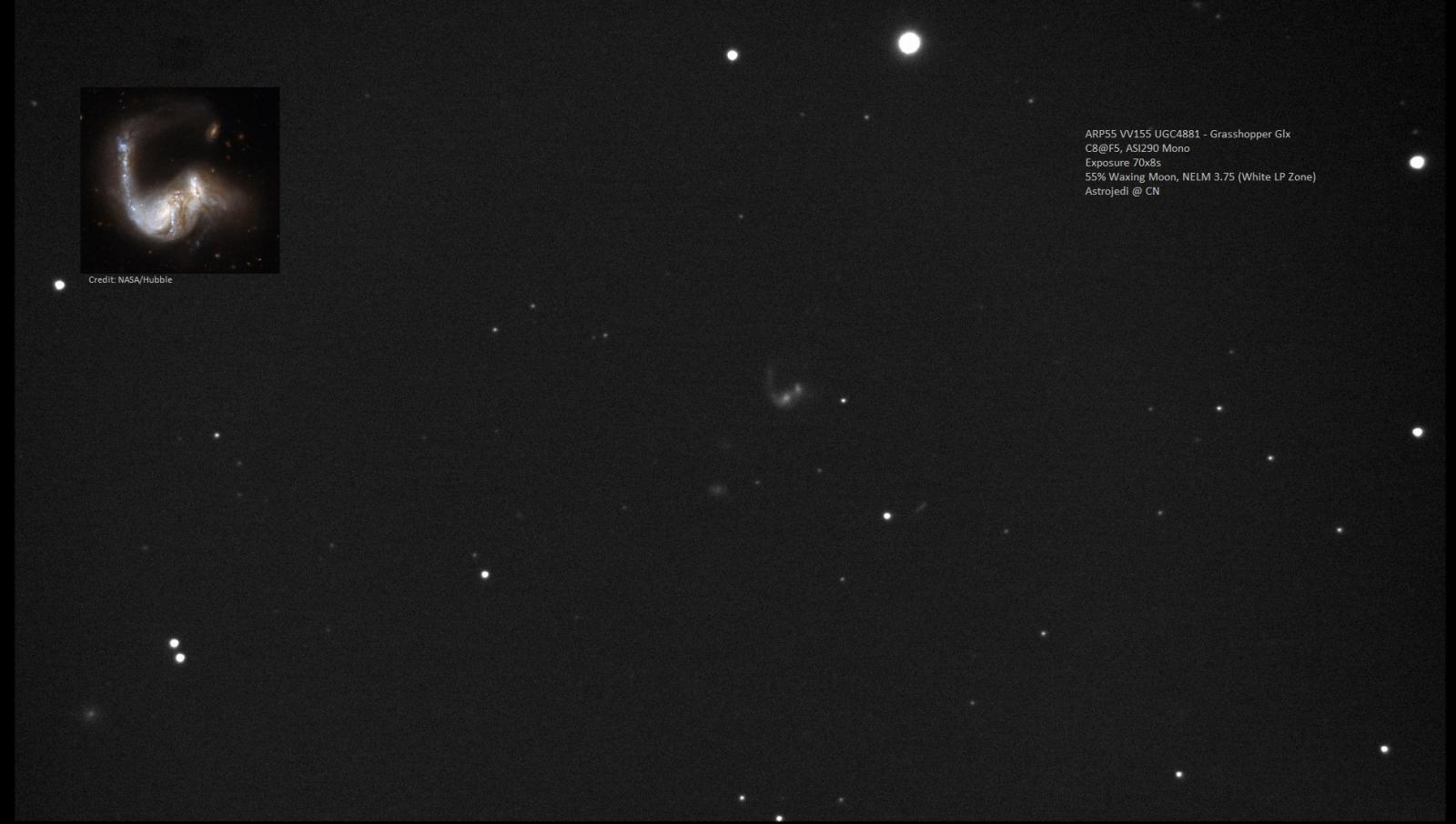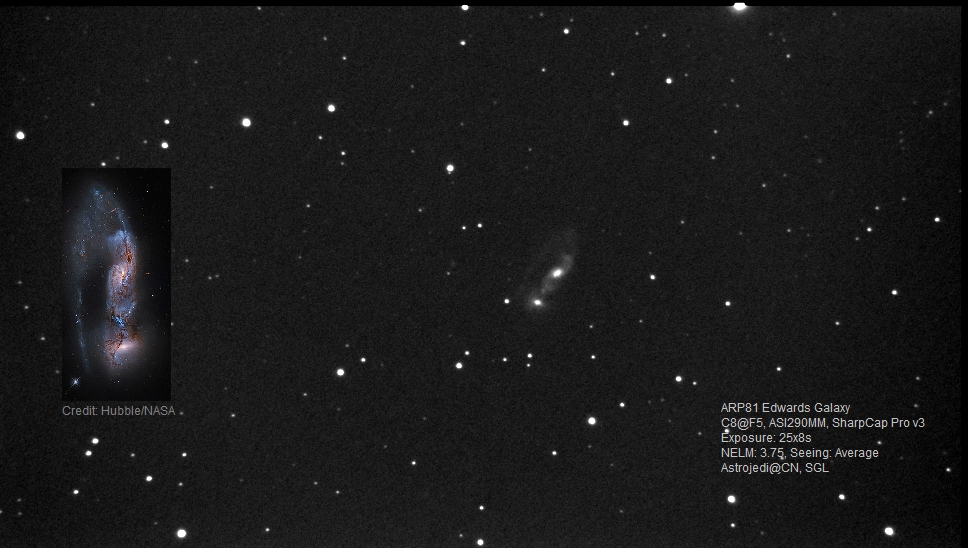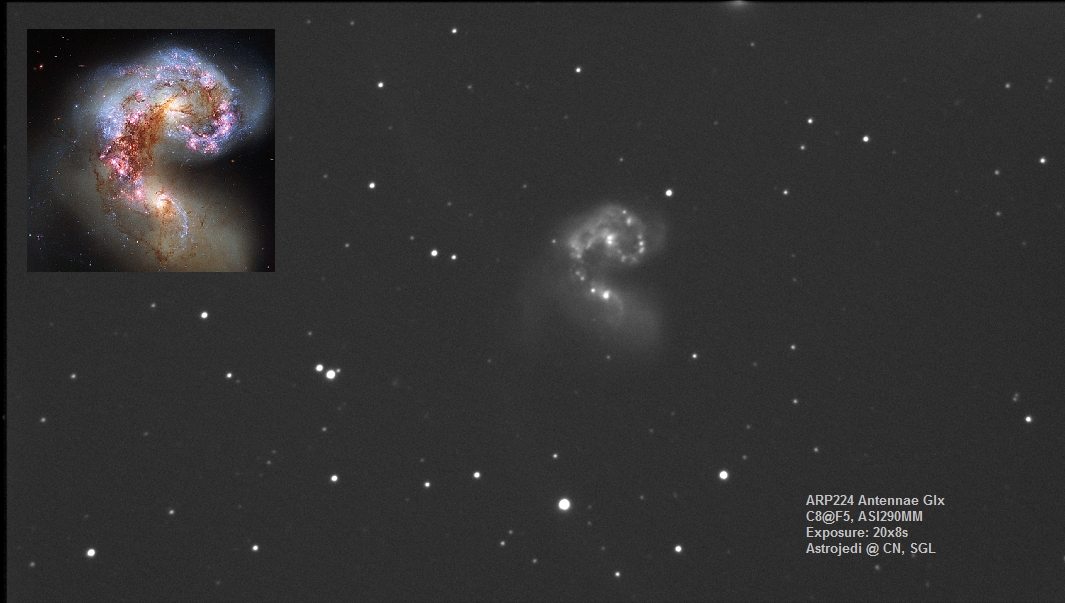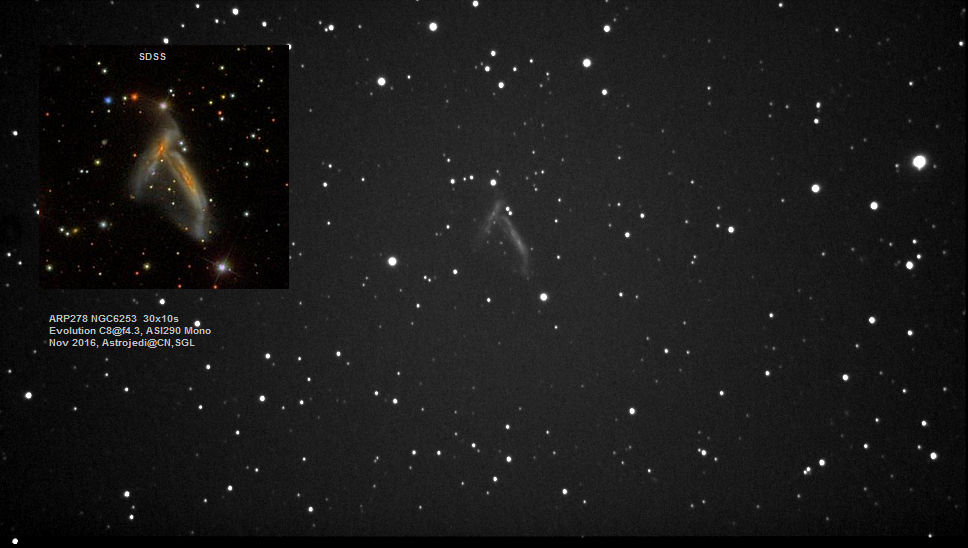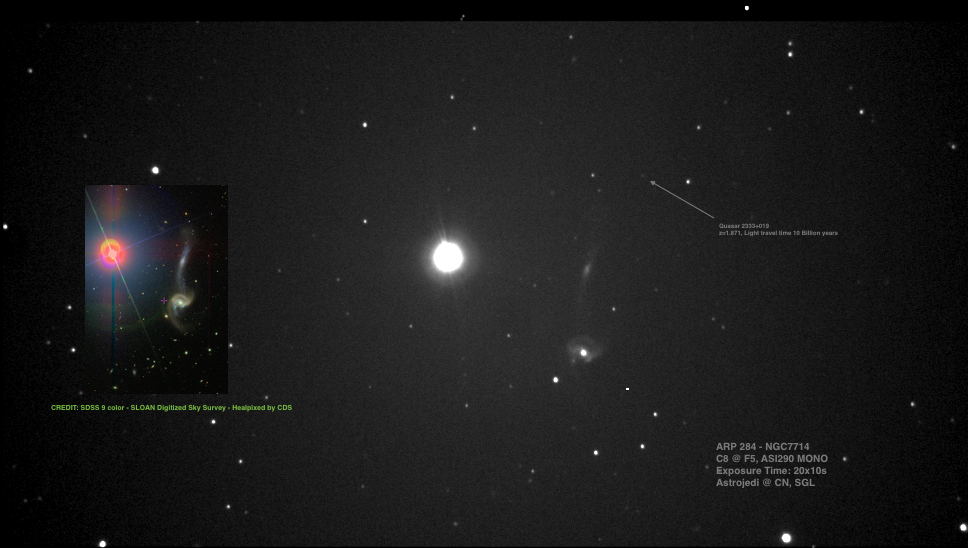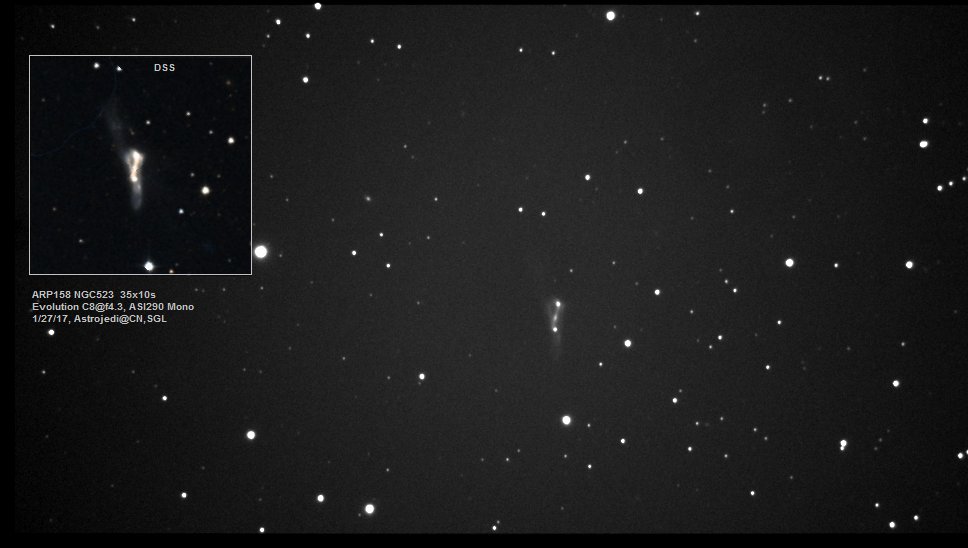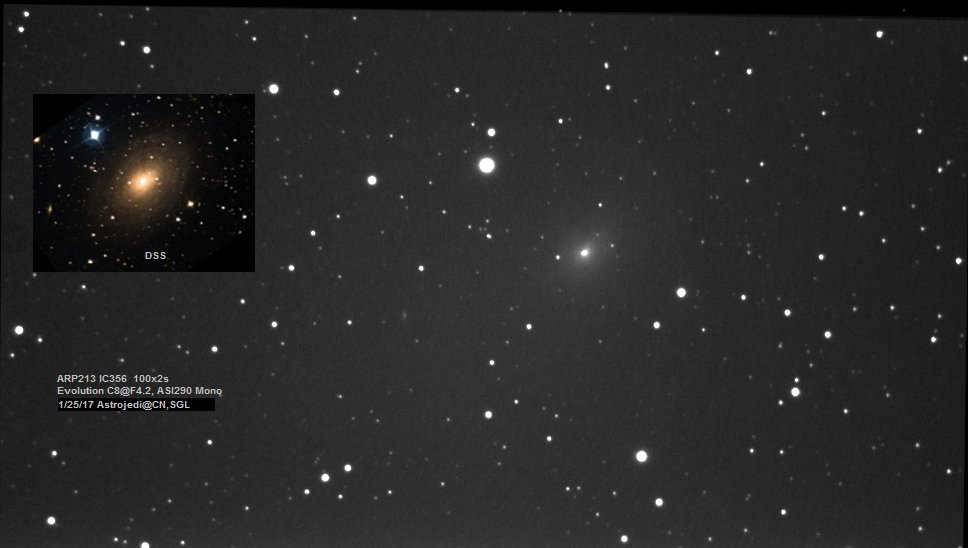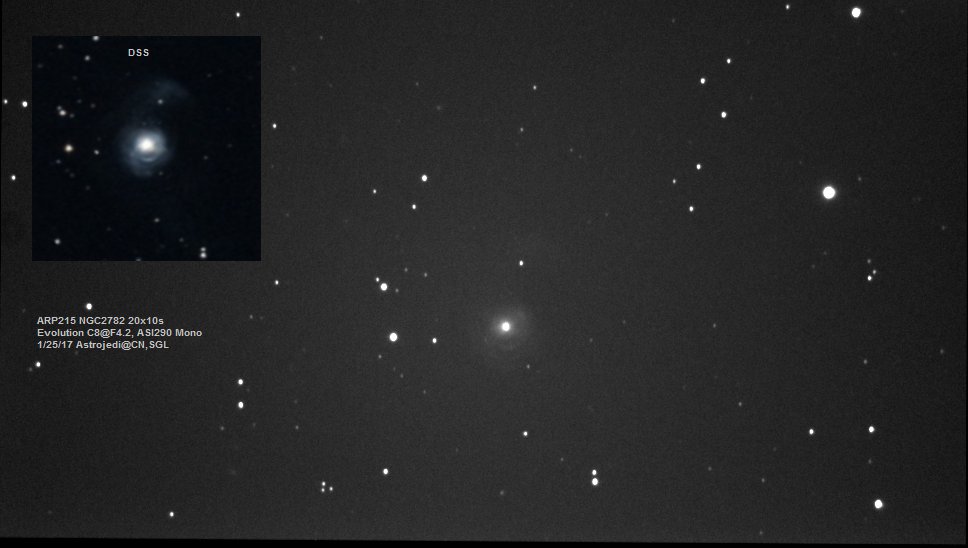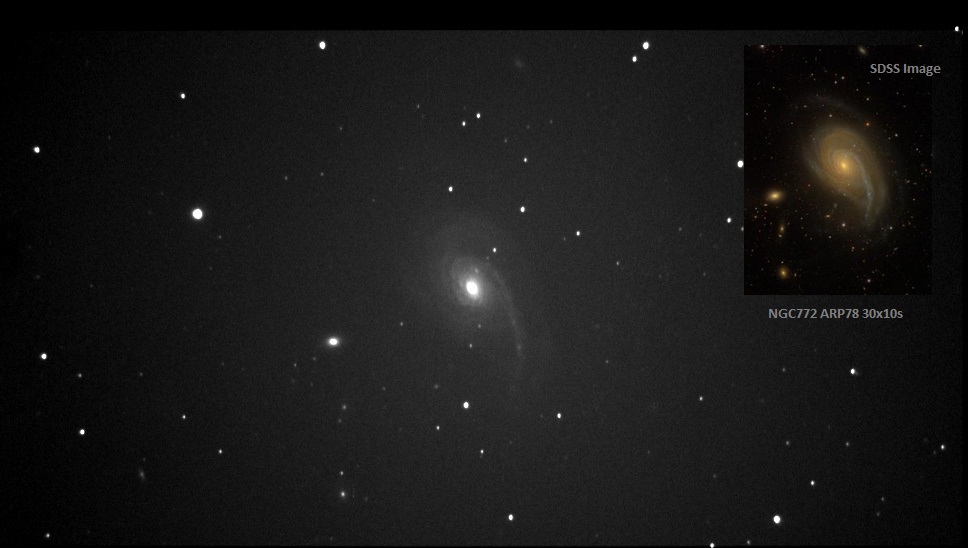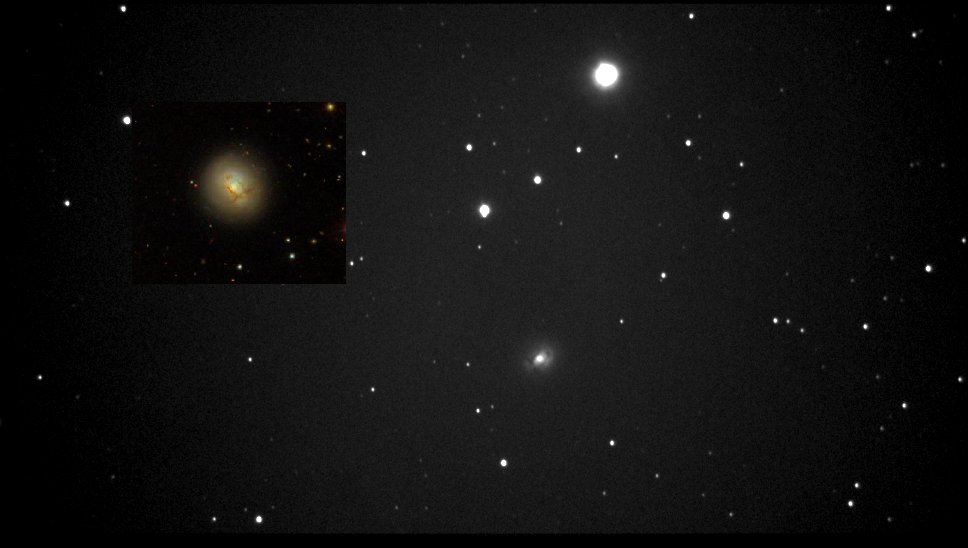Camera Assisted Observing (EAA) - Oberserving using very short exposures
Visual observations are difficult if not impossible from my light polluted Bortle red/white zone backyard. Hence I mostly observe deep sky objects using CMOS/CCD cameras - also called electronically assisted astronomy / observing (EAA). I usually use live stacking software such as SharpCap to stack multiple short exposures in real-time while at the scope.
All images below are live stacks at the scope of very short sub exposures (no post processing), typically 1-15s, with SharpCap using the ASI290MM on my 8" XLT / EdgeHD Celestron SCTs from my Bortle Red/White Backyard.
Camera Assisted Observing (EAA) Showcase
In this gallery I have selected observations that illustrate what is possible in terms resolving detail and/or going deep using very short exposures with the newer CMOS cameras.
Galaxies
Live stacks using less than 10s sub exposures taken with mostly the ASI290MM and C8@F5.
ARP Galaxies and other interesting finds..
The real faint fuzzies with the C8@F5 and ASI290MM. Also see my related observing article here on cosmic train wrecks..
Colorful Objects - From our local Milky Way neigbourhood
Live stacks using less than 60s sub exposures taken with a wide variety of cameras over the years including the ASI224MC, ASI385MC, ASI294MC Pro and the Atik Infinity. Sub exposure time for the CMOS based cameras tends to be tyically less than 15s, sometimes 30s.
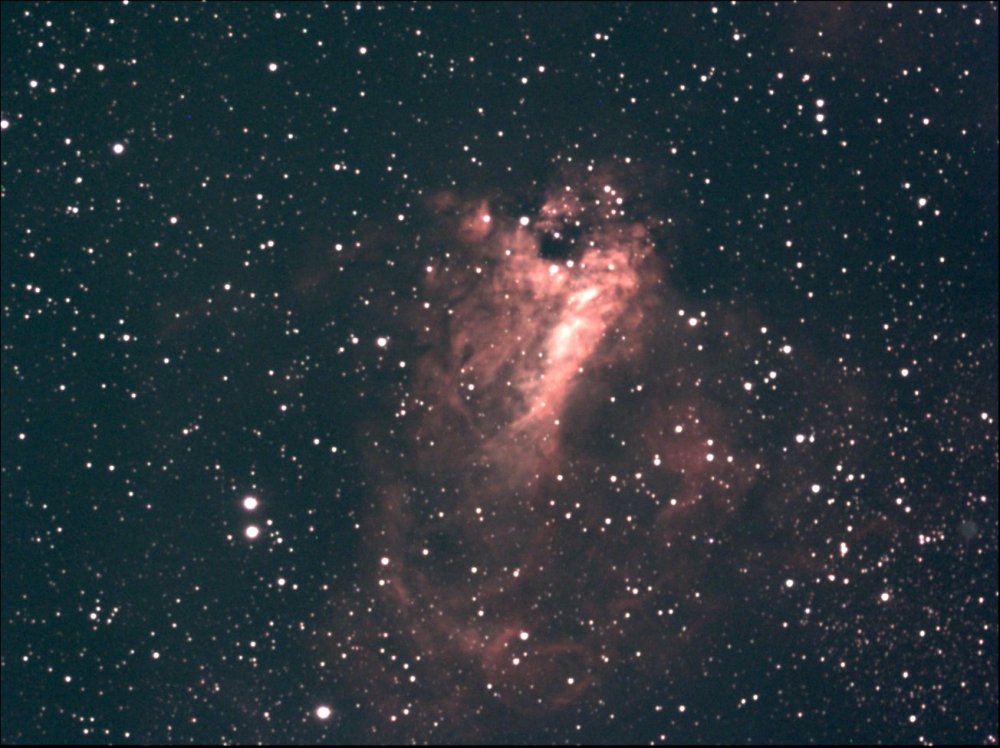
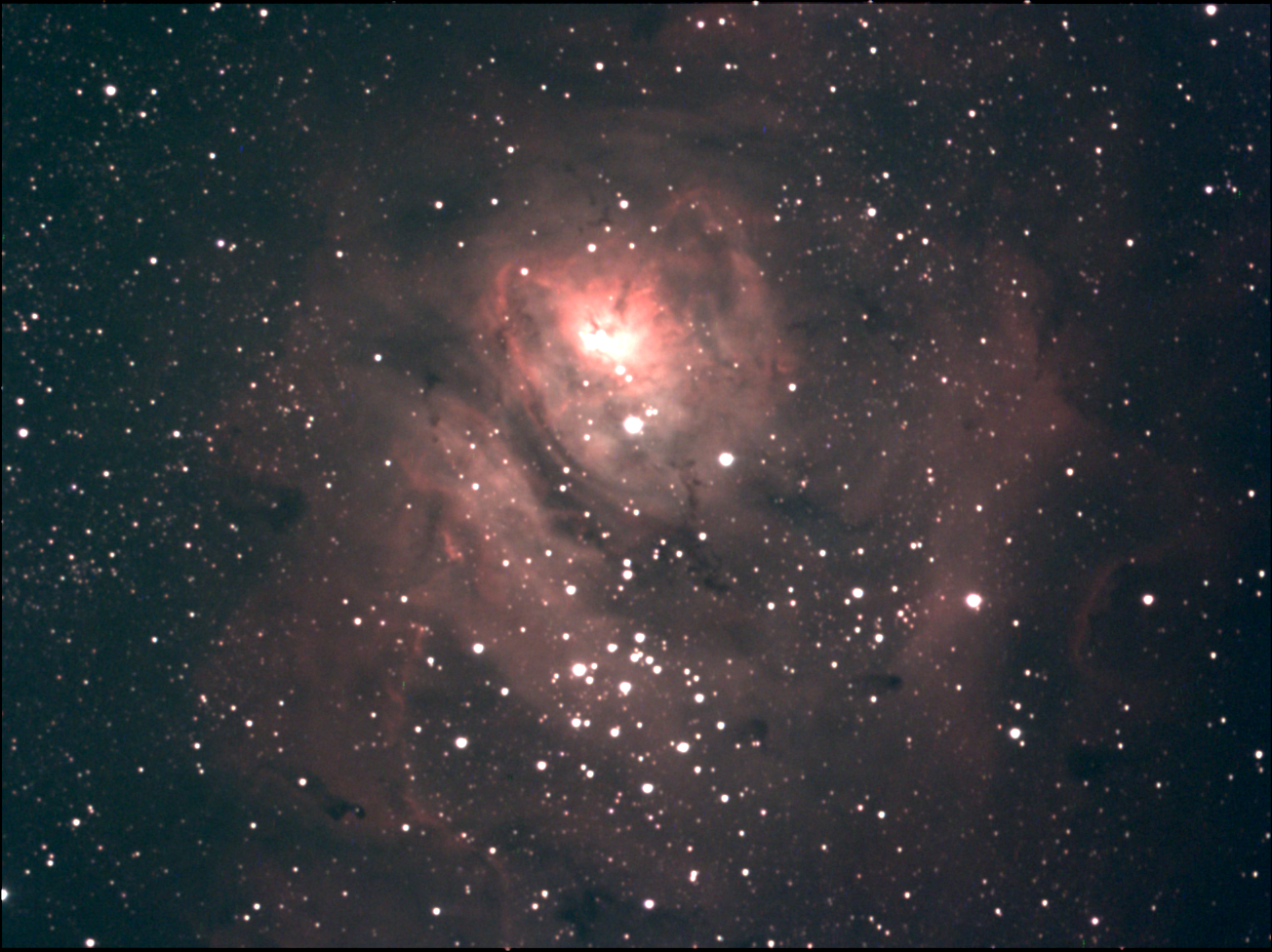

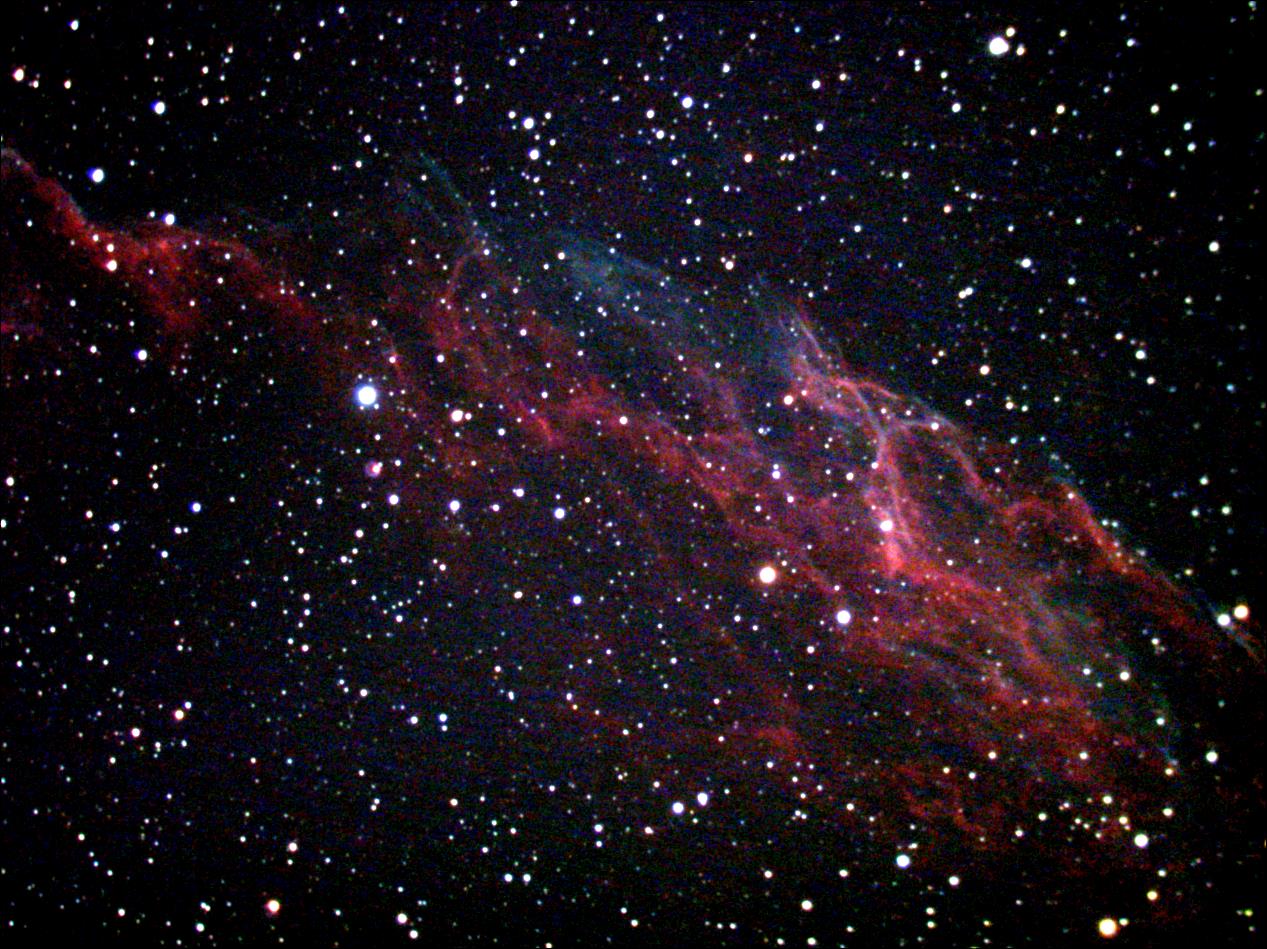
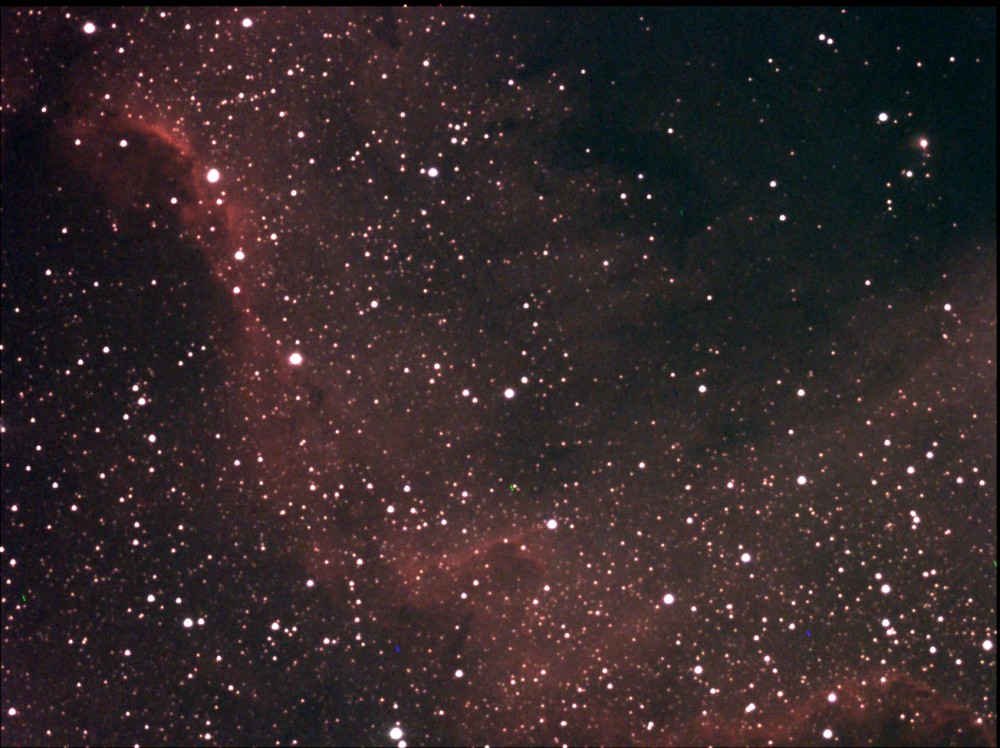
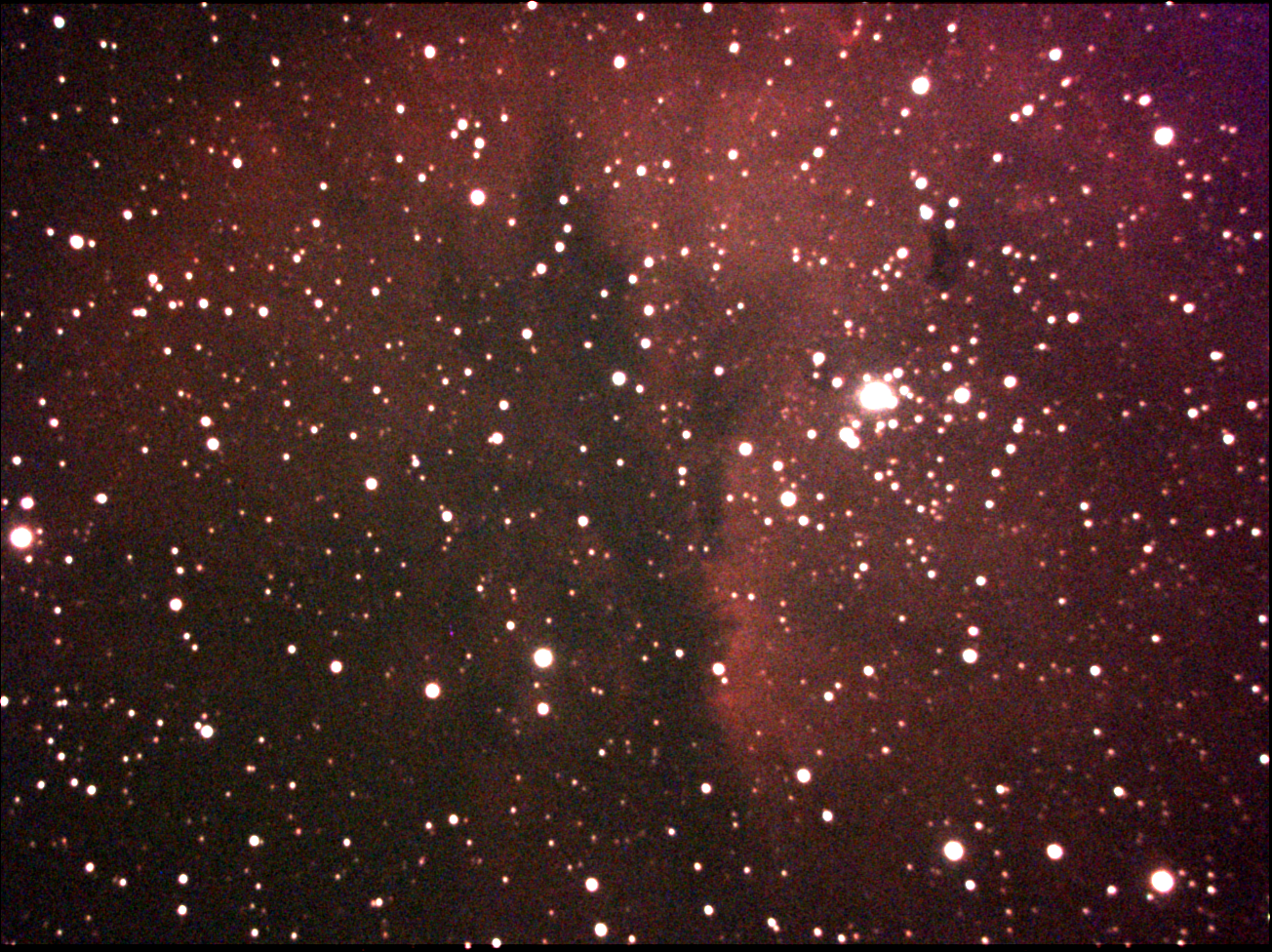
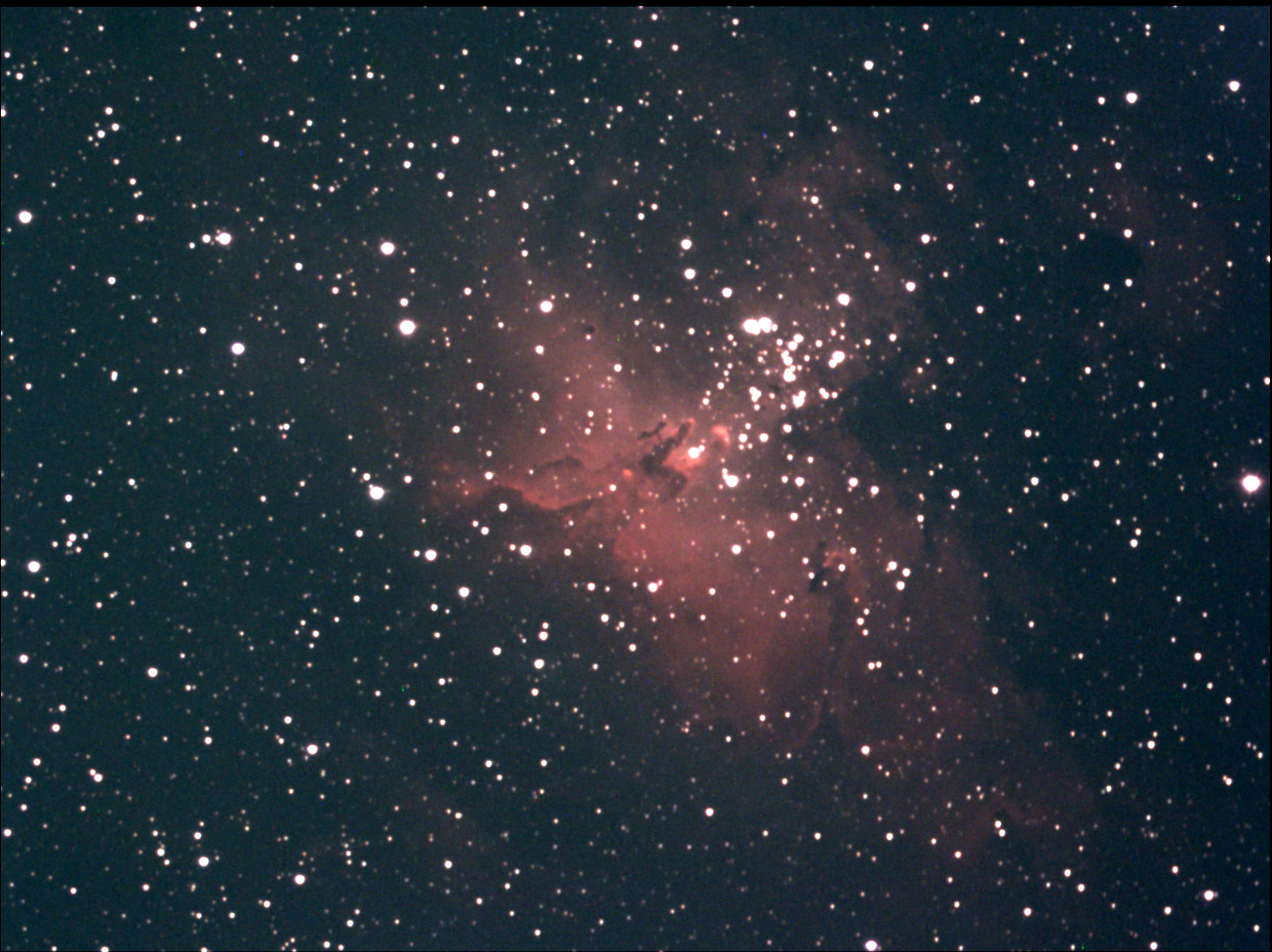
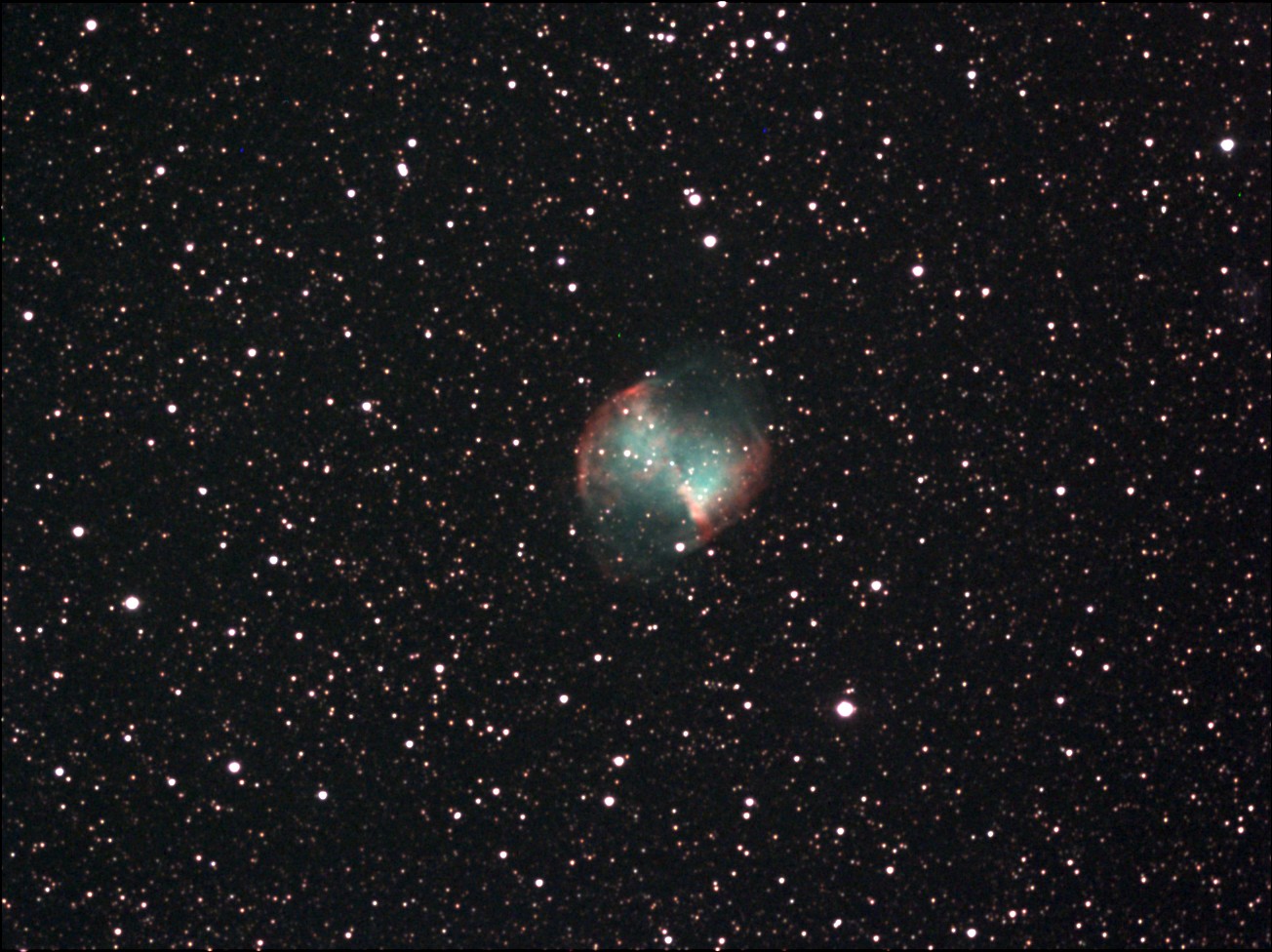
.jpg)
